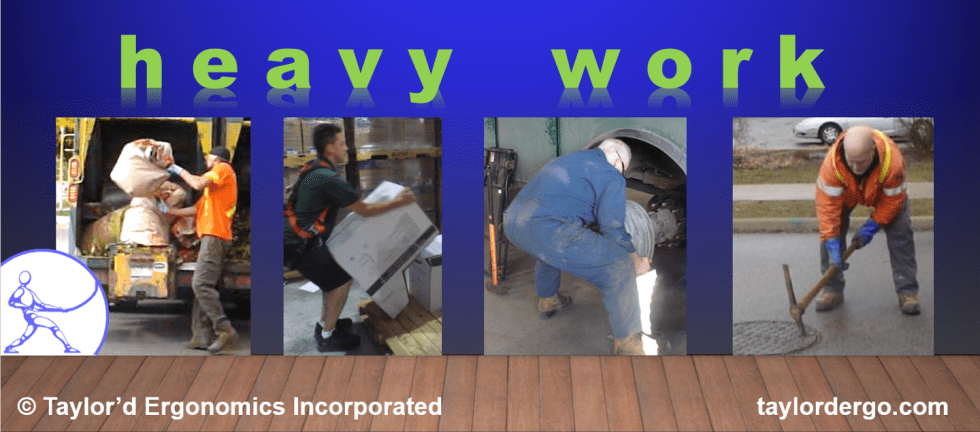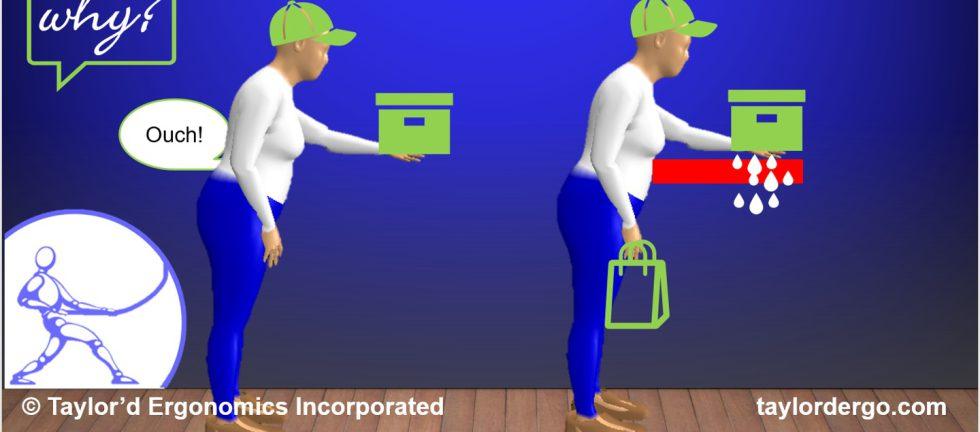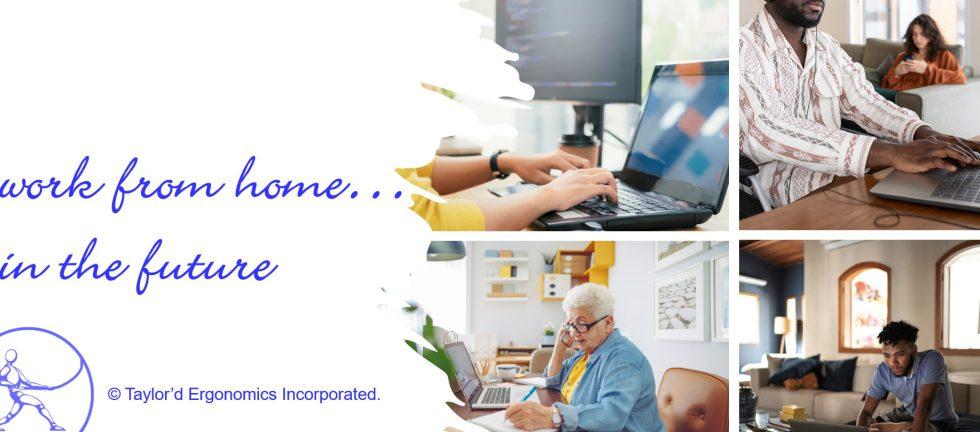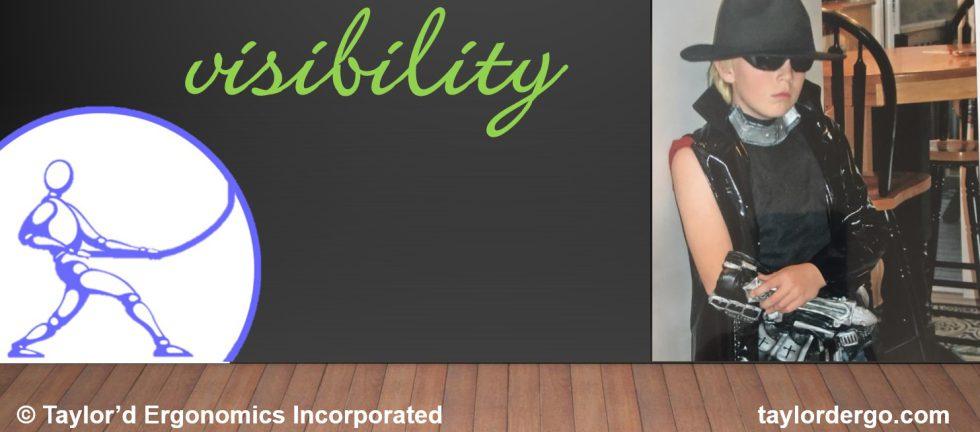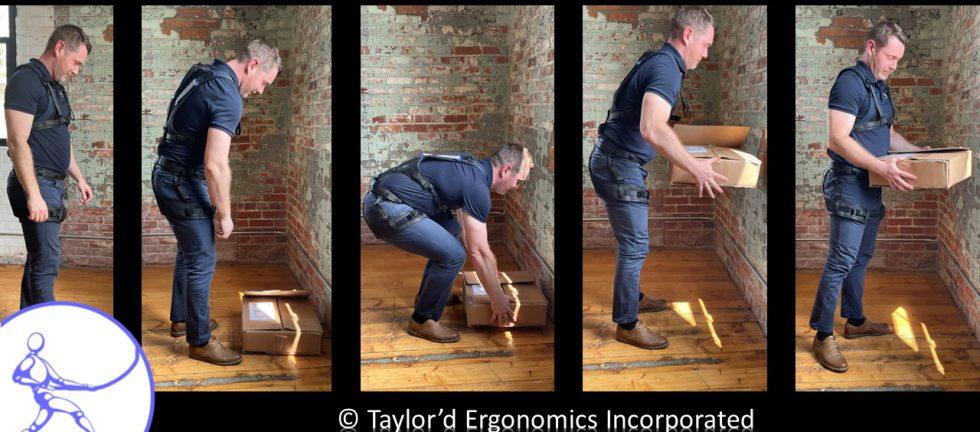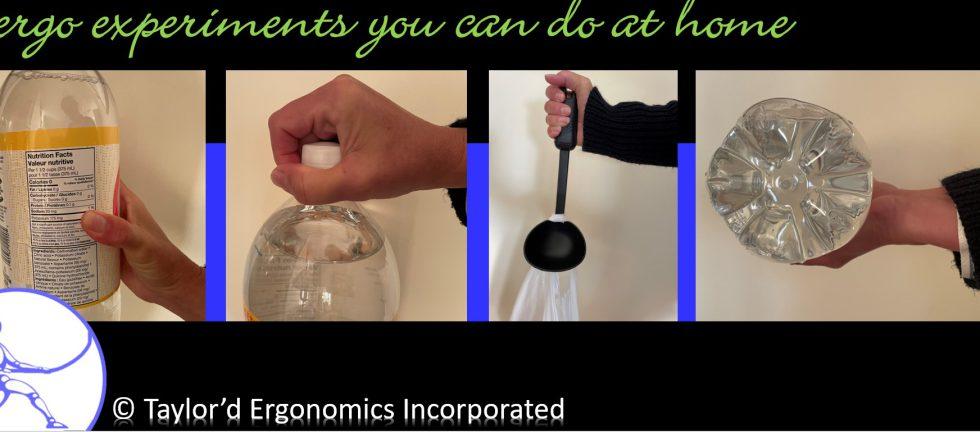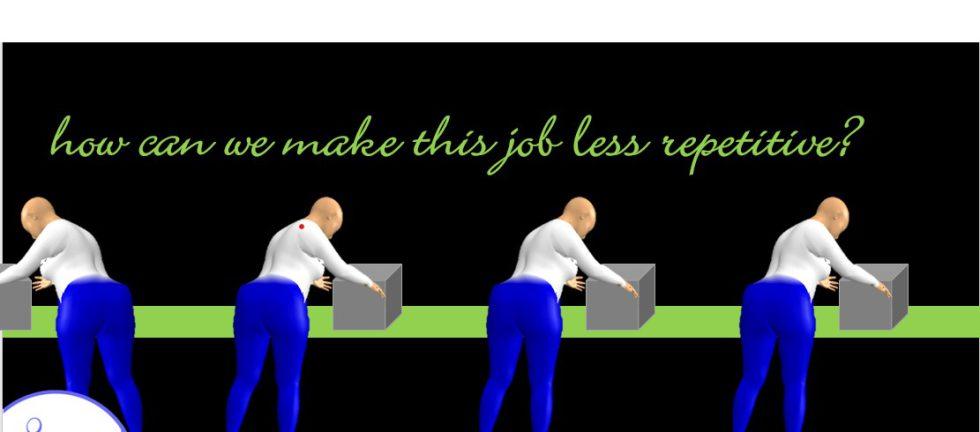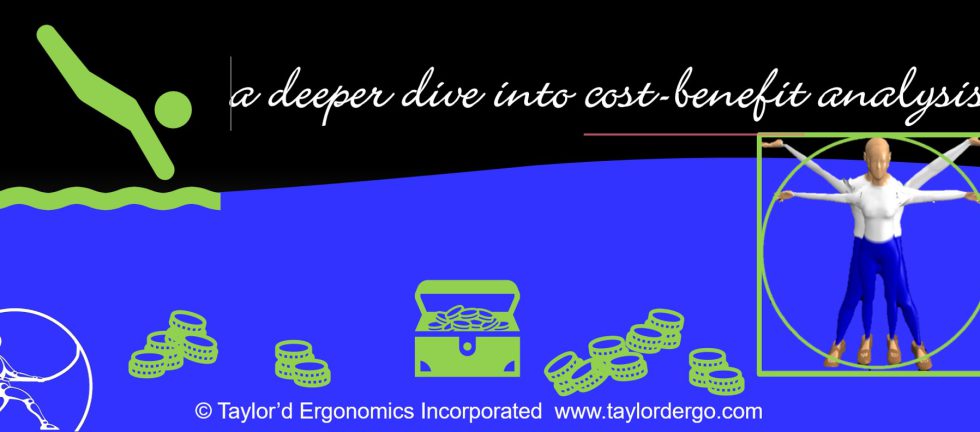“Don’t worry. We don’t have any women on this job.”
Sigh. I suppose we should worry less, when heavy jobs are performed only by stronger workers. But, truth be told, what ergonomists hear is, “We know this is a really heavy job. Our solution is to hire the biggest, strongest people we can find. We don’t expect any woman to want the job. We don’t […]


